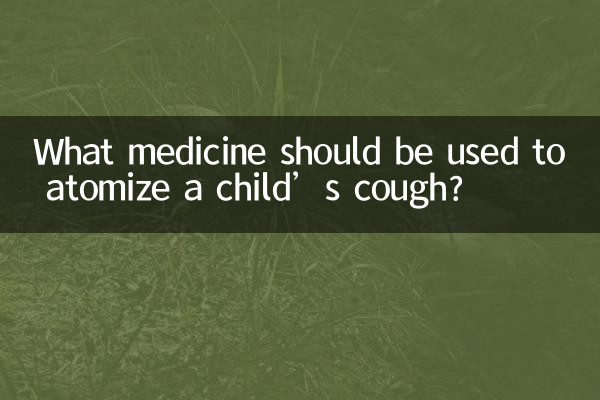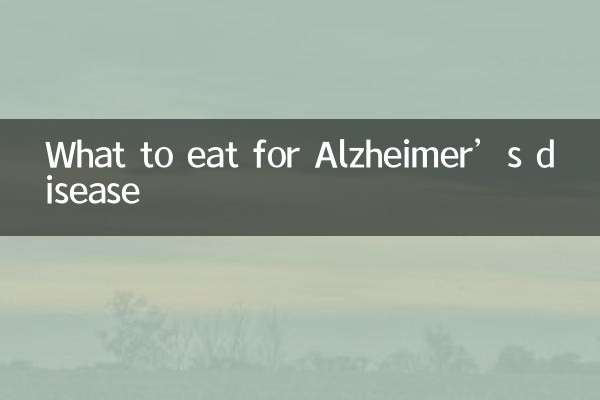What medicine should be used to atomize a child’s cough?
Recently, the treatment of children's cough has become a hot topic among parents, especially aerosol treatment, which is popular because of its direct effect on the respiratory tract and minimal side effects. This article will combine the popular discussions and medical advice on the Internet in the past 10 days to provide you with a structured analysis of the aerosol drugs and precautions suitable for children with coughs.
1. Common causes of cough in children and principles of aerosol treatment

Coughs in children are often caused by respiratory infections (such as colds, bronchitis), allergies or asthma. Nebulization treatment converts drugs into tiny particles and delivers them directly to the lesion, with fast onset of effect and low systemic side effects.
| Cough type | possible causes | Nebulizer treatment suitability |
|---|---|---|
| dry cough | Allergy and asthma early stage | High (requires anti-inflammatory drugs) |
| Wet cough | bacterial/viral infection | Medium (need to be combined with expectorants) |
| spasmodic cough | Whooping cough, asthma attack | High (bronchodilator required) |
2. Commonly used atomized drugs and their applicable situations
According to the consensus of pediatric experts and recent hot discussions among parents, the following drugs are often recommended:
| drug type | Representative medicine | Applicable symptoms | age limit |
|---|---|---|---|
| Bronchodilators | Salbutamol, Terbutaline | Asthma, wheezing bronchitis | More than 6 months |
| Glucocorticoids | budesonide suspension | Allergic cough, laryngitis | 1 year old and above |
| expectorant | acetylcysteine | Thick sputum that is difficult to cough | 2 years old and above |
| antibiotics | Tobramycin (prescription required) | bacterial pneumonia | Follow doctor's advice |
3. Parents’ hot topics of discussion and expert advice
Recently, the following issues have been the most discussed on social platforms:
1."Can budesonide be used long-term?"
Expert response: It is safe to use in the short term (3-5 days). The growth curve needs to be monitored in the long term to avoid excessive dosage.
2."How to choose a household atomizer?"
A comparison of popular brands shows: compression atomizer has finer particles (below 3 μm) and is suitable for deep drug delivery; ultrasonic operation is quieter, but may affect drug activity.
3."Is it normal for cough to worsen after nebulization?"
Some expectorants may cause temporary exacerbation of cough caused by loosening of sputum in the early stage of use, but if the cough persists for more than 2 days, a follow-up visit is required.
4. Precautions and operating specifications
| link | Main points |
|---|---|
| before medication | • Clean face to avoid drug adsorption • Avoid eating for 30 minutes |
| Atomizing | • Maintain an upright sitting position • The mask fits tightly on the face (air leakage rate <15%) |
| after medication | • Rinse mouth/face to prevent drug residues • Record changes in cough frequency |
5. Latest research trends (updated in 2024)
1. "Chinese Journal of Pediatrics" pointed out that 0.9% normal saline atomization can relieve mild cough by 62% and can be the first choice when there are no complications.
2. Newly approved by the US FDA: Infants and young children over 6 months old can use a new L-adrenaline aerosol preparation to treat acute laryngitis.
Summary:Children must strictly follow the doctor's instructions when using nebulized medicines, and select targeted medicines according to the type of cough. Recent data shows that reasonable aerosol treatment can shorten the cough relief time by 30%-50%. It is recommended that parents record the characteristics of symptoms (such as cough duration, sputum characteristics) in detail before use, so that doctors can accurately prescribe medication.

check the details

check the details